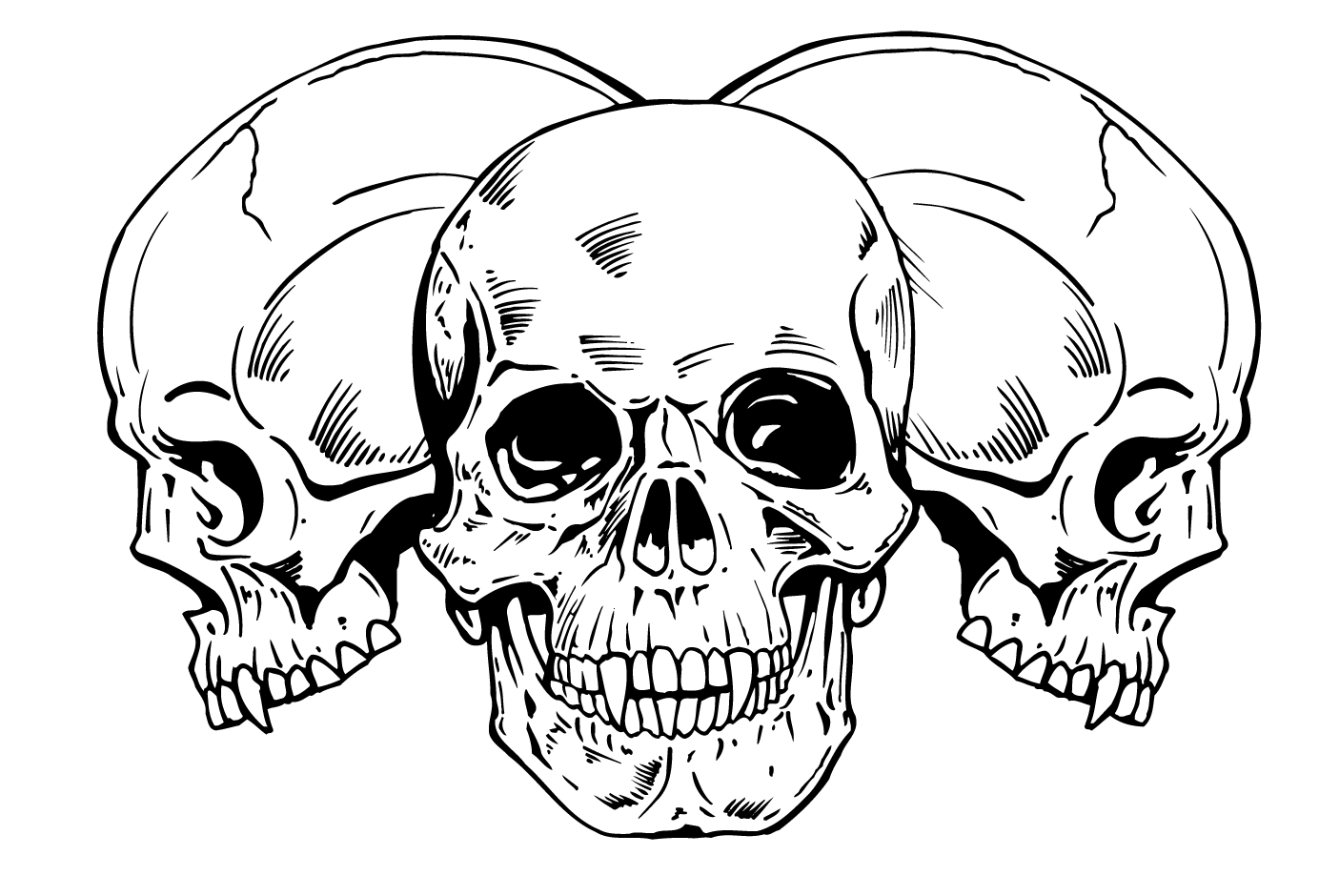
The human skull is generally considered to consist of twenty-two bones-eight cranial bones and fourteen facial skeleton bones. Most commonly these are found in the course of the lambdoid suture. Sometimes there can be extra bone pieces within the suture known as wormian bones or sutural bones.

The facial skeleton is formed by the bones supporting the face.Įxcept for the mandible, all of the bones of the skull are joined together by sutures- synarthrodial (immovable) joints formed by bony ossification, with Sharpey's fibres permitting some flexibility. The sutures are fairly rigid joints between bones of the neurocranium. The membranous viscerocranium includes the mandible. The upper areas of the cranial bones form the calvaria (skullcap). The neurocranium (or braincase) forms the protective cranial cavity that surrounds and houses the brain and brainstem. The skull consists of three parts, of different embryological origin-the neurocranium, the sutures, and the facial skeleton (also called the membraneous viscerocranium).

Like the skulls of other vertebrates, it protects the brain from injury. It supports the structures of the face and forms a cavity for the brain. The human skull is the bone structure that forms the head in the human skeleton. In zoology there are openings in the skull called fenestrae. The skull is made up of a number of fused flat bones, and contains many foramina, fossae, processes, and several cavities or sinuses. The human skull fully develops two years after birth.The junctions of the skull bones are joined together by structures called sutures. The English word skull is probably derived from Old Norse skulle, while the Latin word cranium comes from the Greek root κρανίον ( kranion). In some animals, such as horned ungulates (mammals with hooves), the skull also has a defensive function by providing the mount (on the frontal bone) for the horns. In humans these sensory structures are part of the facial skeleton.įunctions of the skull include protection of the brain, fixing the distance between the eyes to allow stereoscopic vision, and fixing the position of the ears to enable sound localisation of the direction and distance of sounds. The skull forms the anterior-most portion of the skeleton and is a product of cephalisation-housing the brain, and several sensory structures such as the eyes, ears, nose, and mouth. In humans, these two parts are the neurocranium and the viscerocranium ( facial skeleton) that includes the mandible as its largest bone. The skull is composed of two parts: the cranium and the mandible. It supports the structures of the face and provides a protective cavity for the brain. Saving Earth Britannica Presents Earth’s To-Do List for the 21st Century.The skull is a bone structure that forms the head in vertebrates.

Britannica Beyond We’ve created a new place where questions are at the center of learning.100 Women Britannica celebrates the centennial of the Nineteenth Amendment, highlighting suffragists and history-making politicians.
#Skull outline how to
COVID-19 Portal While this global health crisis continues to evolve, it can be useful to look to past pandemics to better understand how to respond today.Student Portal Britannica is the ultimate student resource for key school subjects like history, government, literature, and more.From tech to household and wellness products. This Time in History In these videos, find out what happened this month (or any month!) in history.#WTFact Videos In #WTFact Britannica shares some of the most bizarre facts we can find.Demystified Videos In Demystified, Britannica has all the answers to your burning questions.Britannica Explains In these videos, Britannica explains a variety of topics and answers frequently asked questions.Britannica Classics Check out these retro videos from Encyclopedia Britannica’s archives.


 0 kommentar(er)
0 kommentar(er)
